After my success with reversal processing, I wanted to try my hand at making a homemade developer. Caffenol was the obvious next step, and I, being a temperamental machine fueled and lubed by large amounts of coffee, had certainly run across the idea of developing film in caffeic acid. But I had never felt ready to try an alternative process, possibly wasting film. I had never felt secure enough in what I was capable of. This had changed.
Caffenol is relatively simple, and at minimum only requires two ingredients: instant coffee, and sodium carbonate (also called “washing soda”). But it can be improved with the addition of ascorbic acid: good, old-fashioned vitamin C.
The first two were easy to grab. Instant Coffee in the coffee aisle, washing soda in the laundry aisle. Vitamin C, though, gave me a little trouble. My first stop was near the pharmacy, and while vitamin C in tablet form was available in droves, the more-effective powdered form was absent. Undeterred, I tried the canning section, as ascorbic acid is used sometimes to preserve fruits. But alas. No powder. Stubbornly, I considering attempting the experiment with the pills, but I reigned in the impulse and considered my options. I could go to a different grocery store; the larger the store, the larger the selection, after all. But rather than potentially wasting a trip, I decided to stop by the nearby Vitamin Shoppe, and got exactly what I needed.
My Grocery Store Development Experiment was technically a failure at that moment, though I posit a) that a larger grocery store could still have powdered vitamin C, b) that vitamin C in tablet form is still useable, and c) that vitamin C is not even strictly necessary.
All the components in hand, I bulk loaded a 10-exposure roll of Fomapan 400, quickly shot them all with my K1000 at 200 ISO (de rigueur for Fomapan), and hurried home to begin testing.
Fomapan 400 is woefully underrepresented in the caffenol community, I found, with very few examples of development times. The only resources I found suggested a development time of 12 minutes. I wondered if the authors of those resources had shot at box speed, or if they, too, had pulled a stop. I decided that, since it was to be a test anyway (and since I wasn’t sure how good a developer you could really make with instant coffee), I would develop at 24 minutes for my first test. If it was overdeveloped, fine, but I would at least have a baseline.
And of course, it was overdeveloped. Nearly entirely opaque black, in fact. 24-minute development time notwithstanding, this surprised me. You really could develop metallic silver in coffee. I’d read it, I’d seen evidence of it, but it wasn’t real to me until then. This was exciting.
I loaded more 10-exposure rolls and kept testing. 12 minutes, then 7 minutes, still black.
And then 3.5 minutes. It was dark. It was low-contrast. But it was a useable negative.
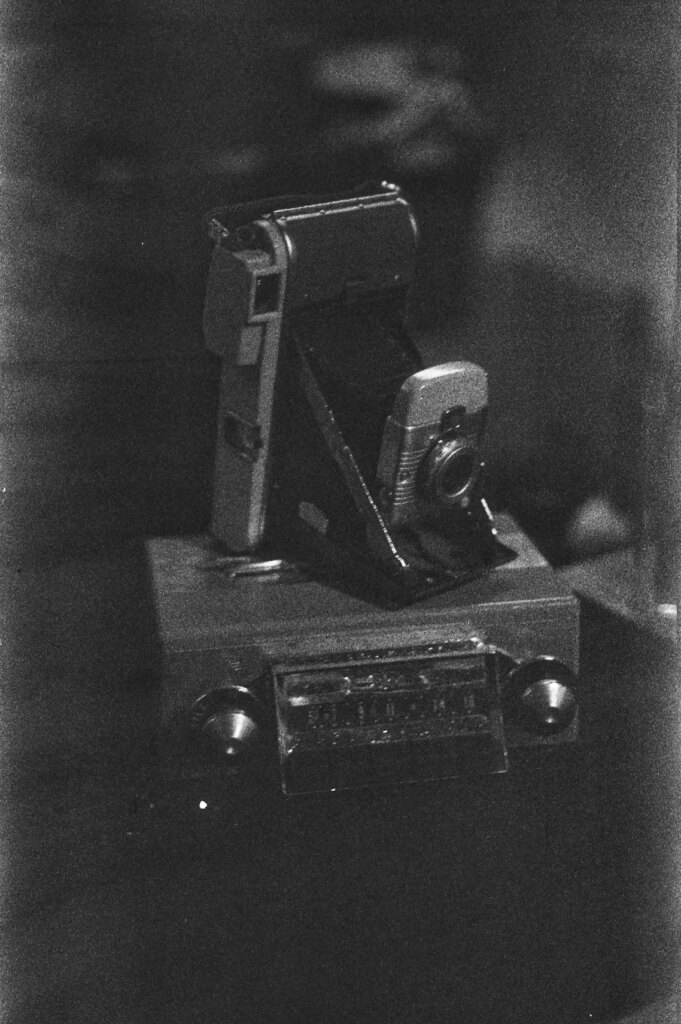
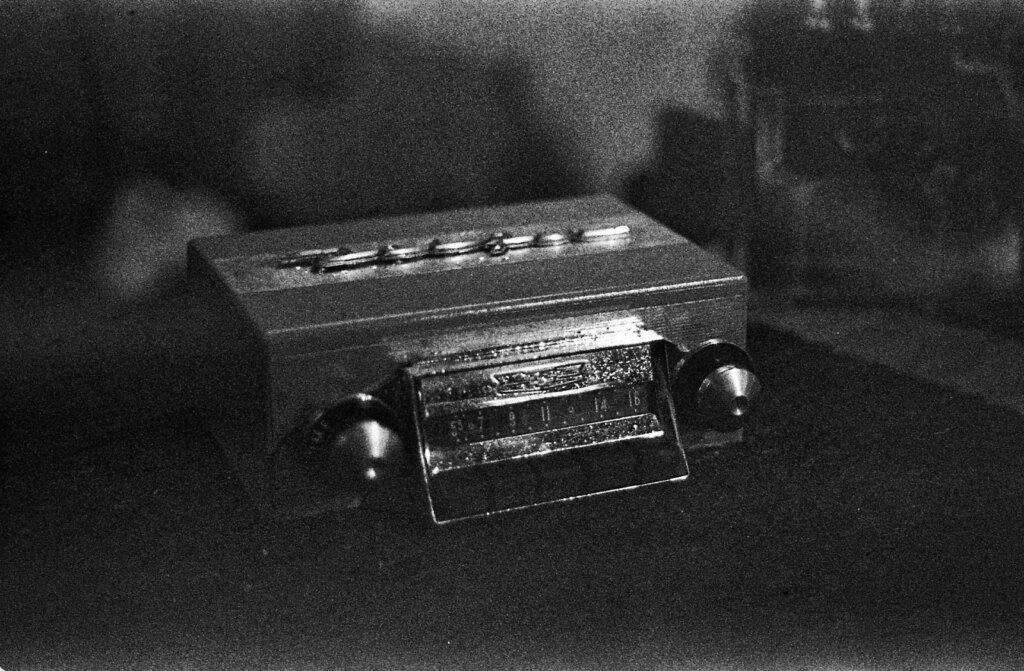
I shared my results with the Facebook Group, happy to have apparently completed my quest, but writing off the process as little more than an interesting experiment. After all, I had my trusty HC-110 if I wanted to do anything serious. The other users were supportive and interested, and conversations about development began to spring up in the comments. My fellow photographers were sharing resources with one another, such as the Caffenol Cookbook & Bible from caffenol.org.
To my chagrin, I hadn’t actually read that one. I opened it up to see if I could find additional insight, skimming through the history of caffenol, etc. I noticed that potassium bromide was mentioned, since it wasn’t something that I’d used or heard of, but didn’t think much about it.
Still, I was left a little unsatisfied when I compared my work to others’, with the very low contrast and overall dark negatives. I didn’t think I could just blame it on the cheap Fomapan 400 or my particular brand of generic coffee crystals. There must have been something I was missing. And, not knowing what I didn’t know, I did a Google search for “common developing problems.”
I was informed that dark, low-contrast negatives can be remedied by using a developer with a higher concentration of a restrainer.
“Oh, cool,” I thought. “…what’s a restrainer?”
A restrainer does a pretty cool trick. It inhibits the developer from developing the unexposed silver halides in the emulsion, and, as a bonus, makes more of the developer available to react with the exposed silver halides. Less fogging, higher contrast. A pretty common restrainer is…
Potassium bromide.
I quickly pulled up another search window and tried to find local sources of KBr. It used to be an anticonvulsant for epileptics, but was replaced by better options. For humans, that is. It was still used in veterinary medicine for dogs. And you could get it at big box pet shops. But it was in liquid form, in an unknown ratio with other chemicals. It could possibly work, but the variables were increasing. I went back to the Caffenol Cookbook & Bible to see if that was addressed.
Sure enough, there was a viable replacement: ordinary table salt.
I was highly skeptical. But hey, I had salt in the pantry, and it was easy enough to test. Based on the text, you could sub in 20 times the amount of KBr for NaCl (non-ionized). For me, it ended up being about 1 tablespoon of salt.
The difference was astonishing.
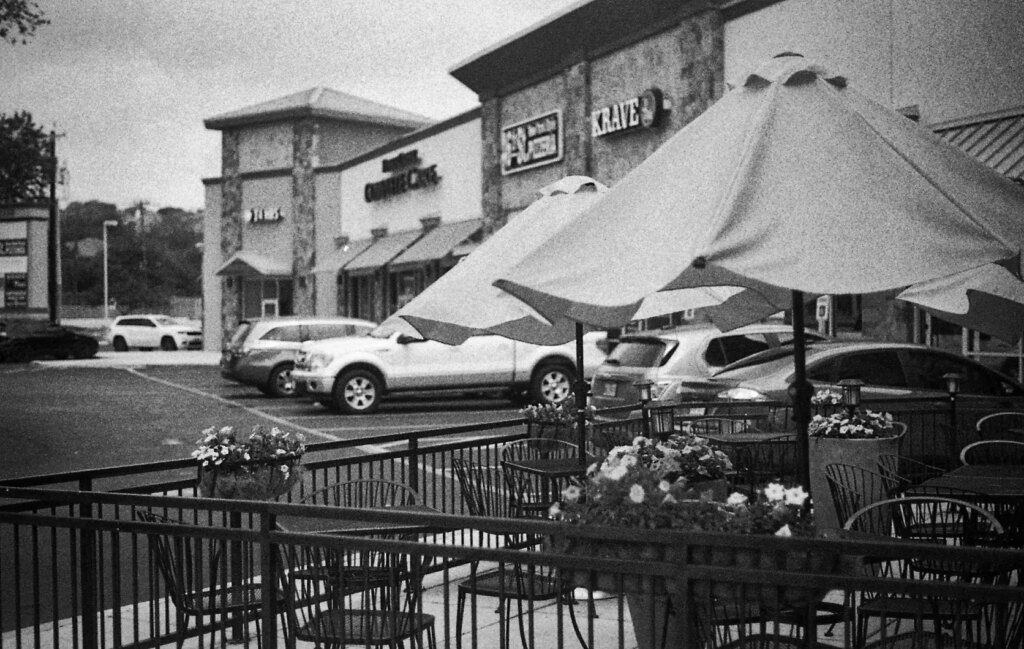
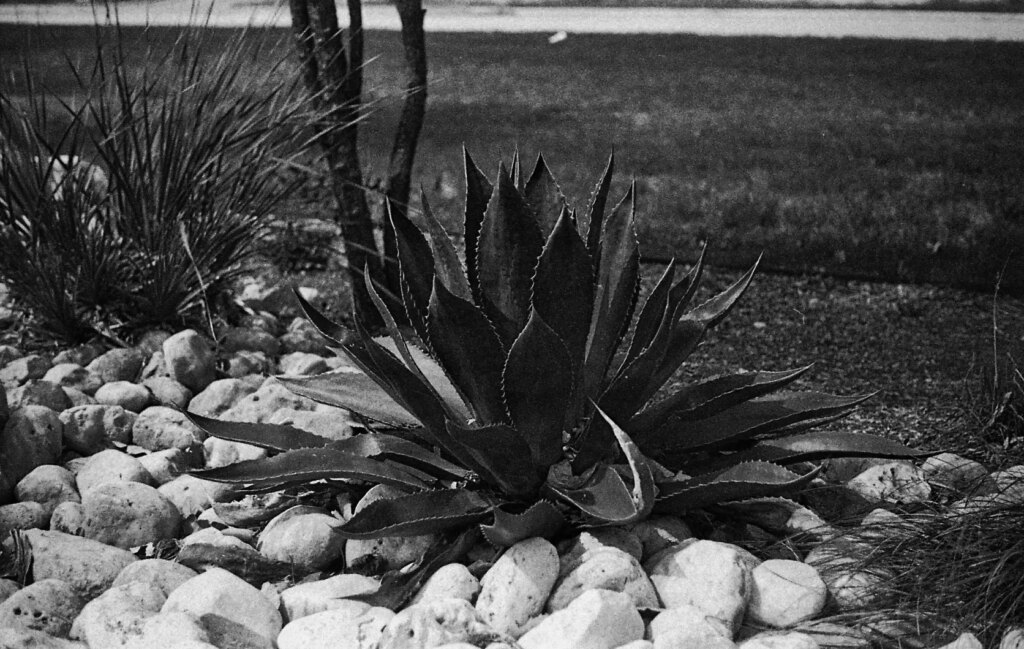
Here is what worked for me, for Fomapan 400:
500ml of water
2 tablespoons of washing soda
3 tablespoons of instant coffee
1.5 teaspoons of vitamin C powder
1 tablespoon of non-iodized salt
8-minute development time. Gentle, constant agitation for first 30 seconds, then for 10 seconds every minute. Agitate gently to avoid edge surge.
(Yes, it smells like fish. But it’s not going to make you gag. My reaction was, “…Oh. Eh, it’s not that bad.”)
This changed everything, and suddenly, caffenol was a viable, easy, and inexpensive option to develop film. “Now, if only I could make my own fixer this easily…” I thought.
As it happened, I could.
_josh vickers
Follow me on Instagram and Facebook.
Share this post:
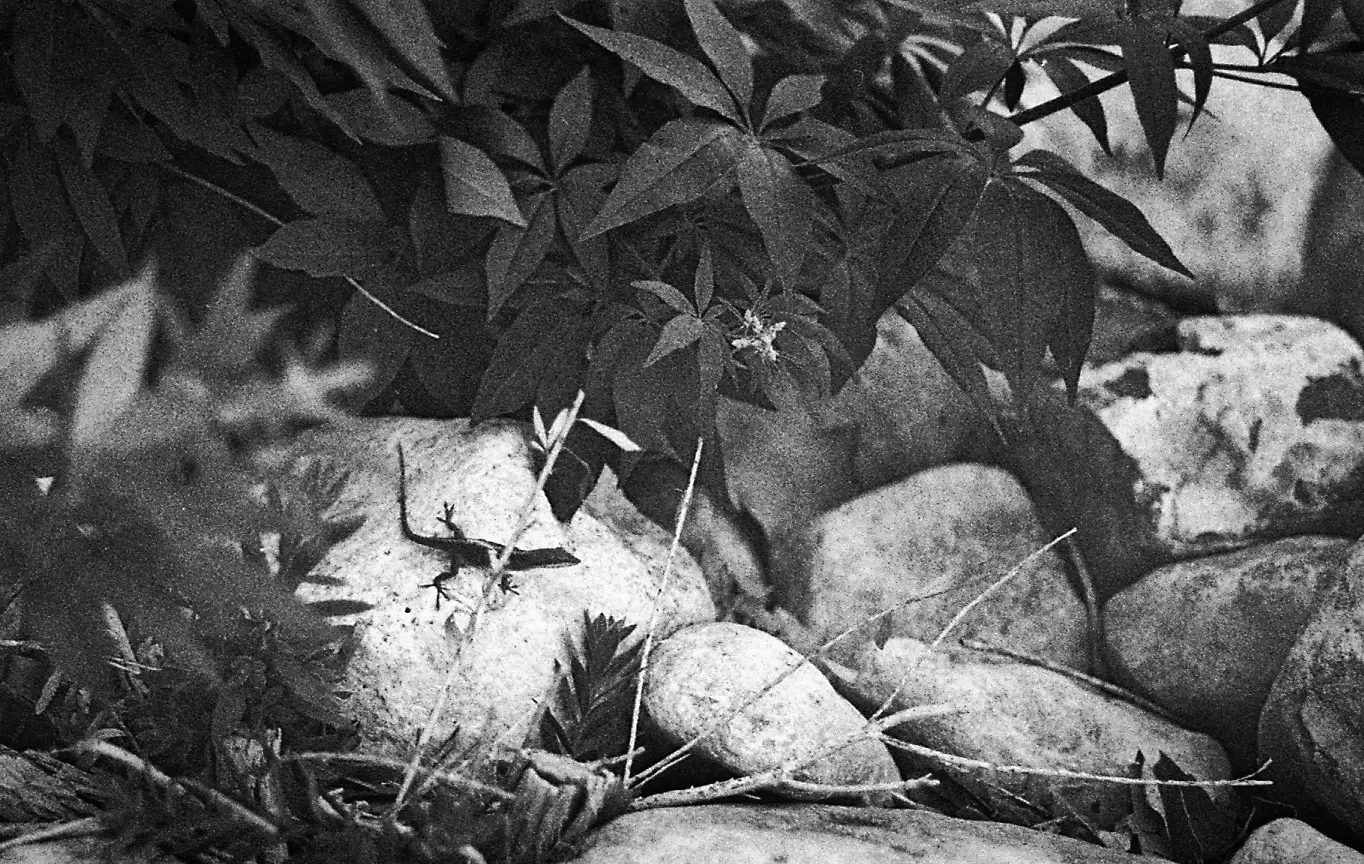








Comments
Don Goodman-Wilson on Grocery Store Development – Part 2: Developing with Caffenol (and Salt) – By Josh Vickers
Comment posted: 03/06/2022
Comment posted: 03/06/2022
Comment posted: 03/06/2022
Comment posted: 03/06/2022
Comment posted: 03/06/2022
Hans Gustafsson on Grocery Store Development – Part 2: Developing with Caffenol (and Salt) – By Josh Vickers
Comment posted: 03/06/2022
Comment posted: 03/06/2022
Kurt Ingham on Grocery Store Development – Part 2: Developing with Caffenol (and Salt) – By Josh Vickers
Comment posted: 03/06/2022
Comment posted: 03/06/2022
Comment posted: 03/06/2022
Comment posted: 03/06/2022
Steven G on Grocery Store Development – Part 2: Developing with Caffenol (and Salt) – By Josh Vickers
Comment posted: 04/06/2022
James Summers on Grocery Store Development – Part 2: Developing with Caffenol (and Salt) – By Josh Vickers
Comment posted: 04/06/2022
I first tried Caffenol over Christmas when I developed a 35mm roll of Fomapan 100 that came with a camera off Ebay and pushed it to 400 (because why not?) and got reasonable images with Caffenol C-M despite messing up my timing so having to guess how long it had developed for. This afternoon I did my second Caffenol development, 120 Fomapan 200 shot at 160 using semi-stand development with Caffenol C-L. So far the results look good but I won't really know how they scan until the film has dried. In both cases I used commercial fixer so I will be interested to hear about your fixing options. From what I've read at caffenol.blogspot.com iodized salt works better as a restrainer than non-iodized but I cheated and ordered some KBr off the internet.
Thanks again for an excellent article, or rather, excellent series, really enjoying it.
Comment posted: 04/06/2022
Phil on Grocery Store Development – Part 2: Developing with Caffenol (and Salt) – By Josh Vickers
Comment posted: 06/06/2022
Comment posted: 06/06/2022
Kai on Grocery Store Development – Part 2: Developing with Caffenol (and Salt) – By Josh Vickers
Comment posted: 16/06/2022
Actually Caffenol-CH has been my go-to developer ever since, as i do not shoot that much film and commercial developers would expire long before i had a chance to use them up completely, whereas the ingredients for caffenol can be stored almost indefinetly. The KBr i bought from a local pharmacy, 100 g will last a lifetime for me.
My experience with Fomapan 400 in caffenol:
Actually i didn't like Fomapan 400 in caffenol at first, but i found out that it works out great when being stand-developed in Caffenol-CL, 90 Minutes at 20 °C. For this, i use 4 g washing woda, 2,5 g vit-c, 10 g instant coffee and 250 mg KBr per 250 mL water. The results are pleasently developed negatives with moderate contrast and surprisingly low grain (considering it being a budget 400 ASA film), that are e.g very suitable for portraits.
Thanks again for your article, it's always nice to read about my favorite developer ;)